What’s Omie?
Omie is an ERP system that allows integration of activities and management of business actions. The platform provides access to software that allows the businessman to manage all areas of his company online.
With the BIMachine + Omie integrator you will be able to extract the various data from your system with just a few clicks. The BIMachine platform is responsible for managing the entire data flow from Omie system and delivering it in a more intuitive and visual way.
To integrate Omie with BIMachine, you will first need to obtain your user access key (token).
Obtendo a chave de acesso
- Login to Portal Omie with username and password
- Access the My Apps area in the Menu options
- Scroll to the bottom of the page and find the Integration Keys area
- Copy the APP_KEY and APP_SECRET, we will use them next
- For more information visit the Omie Help Portal
Creating the integration in BIMachine
To create a Omie integration, go to “Data and Integrations” under the “Manage Environment” icon.
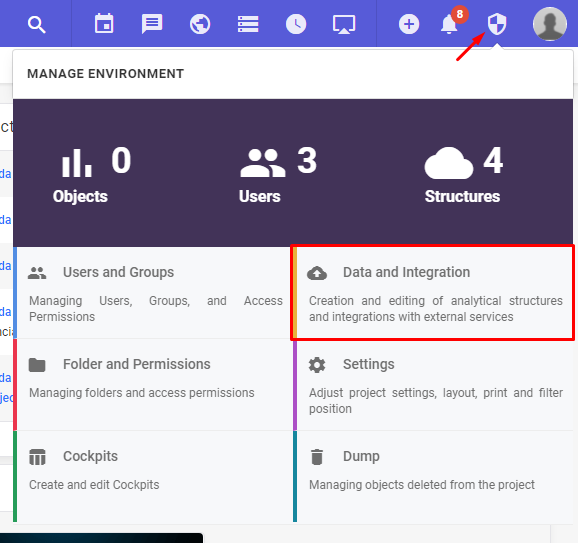
When accessing the Data and Integrations environment, click on the “+” icon , and then Data Source.
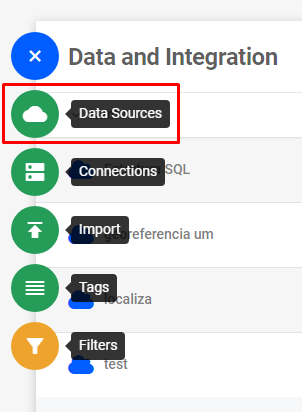
A popup will open, look for Omie integration.
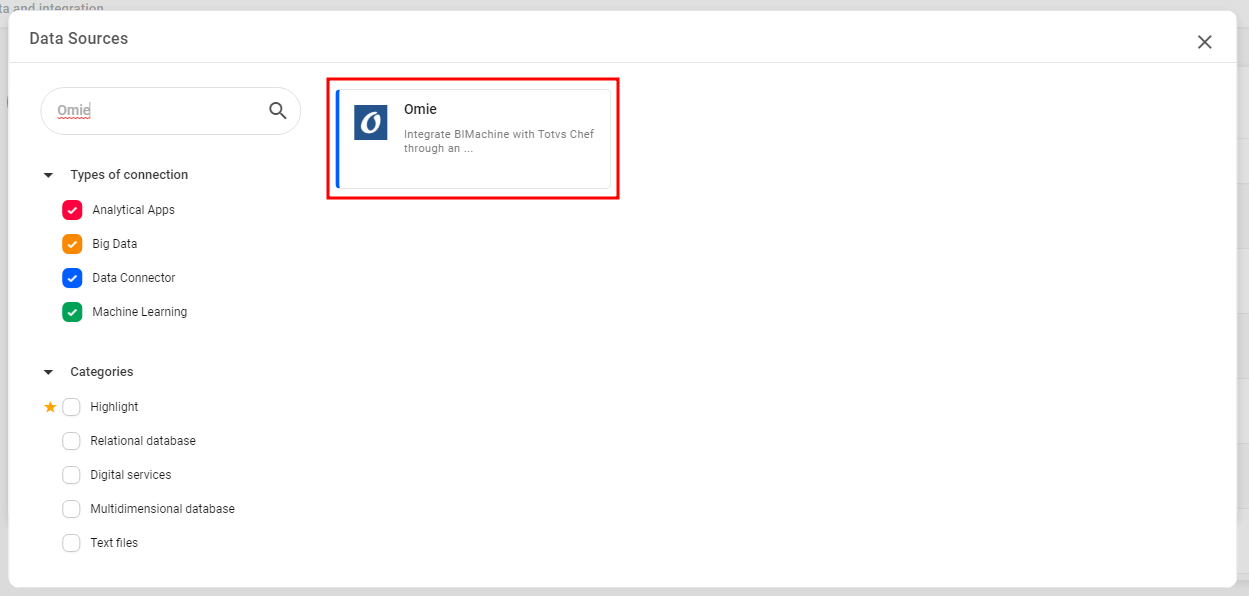
You’ll be redirected to the new data structure creation screen, and you must inform the name that this new structure will have and its description. With name and description filled in, click next.
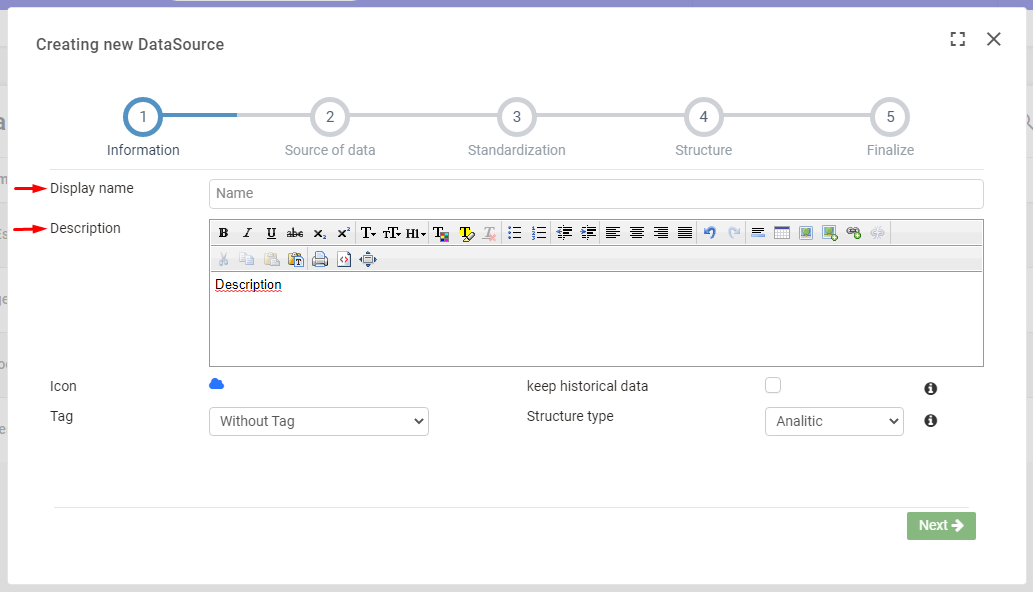
On the next screen, enter the information below:
- app_Key: Corresponds to APP_KEY generated in step (4)
- app_Secret: Corresponds to APP_SECRET generated in step (4)
And select the type of integration you want to perform.
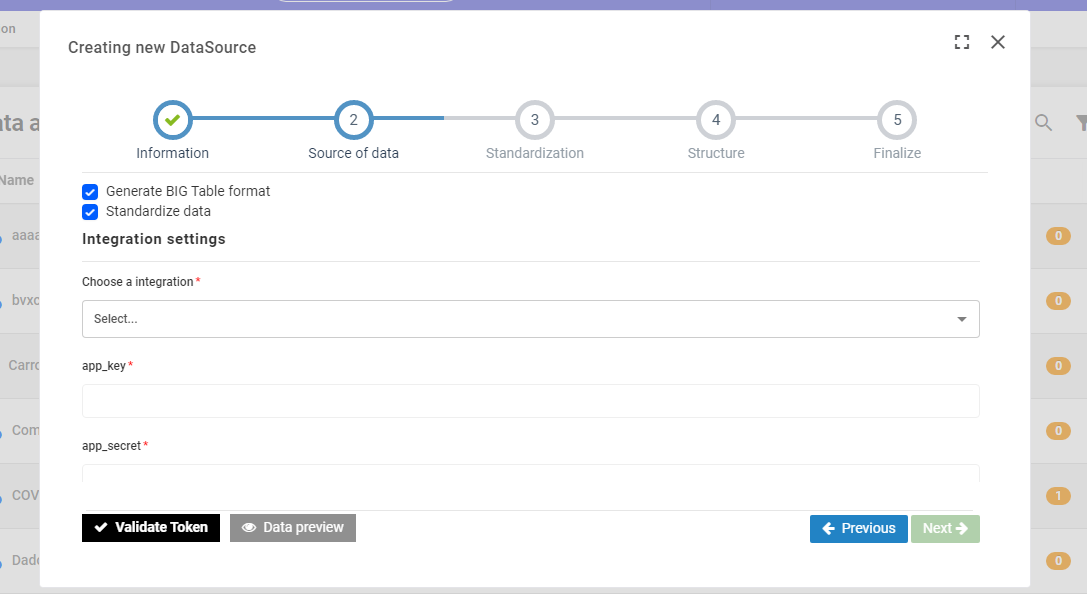
Integrations
Our integration will bring all the data from Omie, some of which are:
- List Accounts Payable
- List Accounts Receivable
- List Current Account Statement
- List Current Accounts
- List Financial Movements
- List Customers
- List Projects
- List Departments
- List Categories
- List Work Orders
A new analytical structure will be created within the BIMachine platform that will enable the visualization of VTEX data. If you are unsure about data standardization and adjustments, see the related article that explains the classification of structures.
If you have any questions, please contact us!
